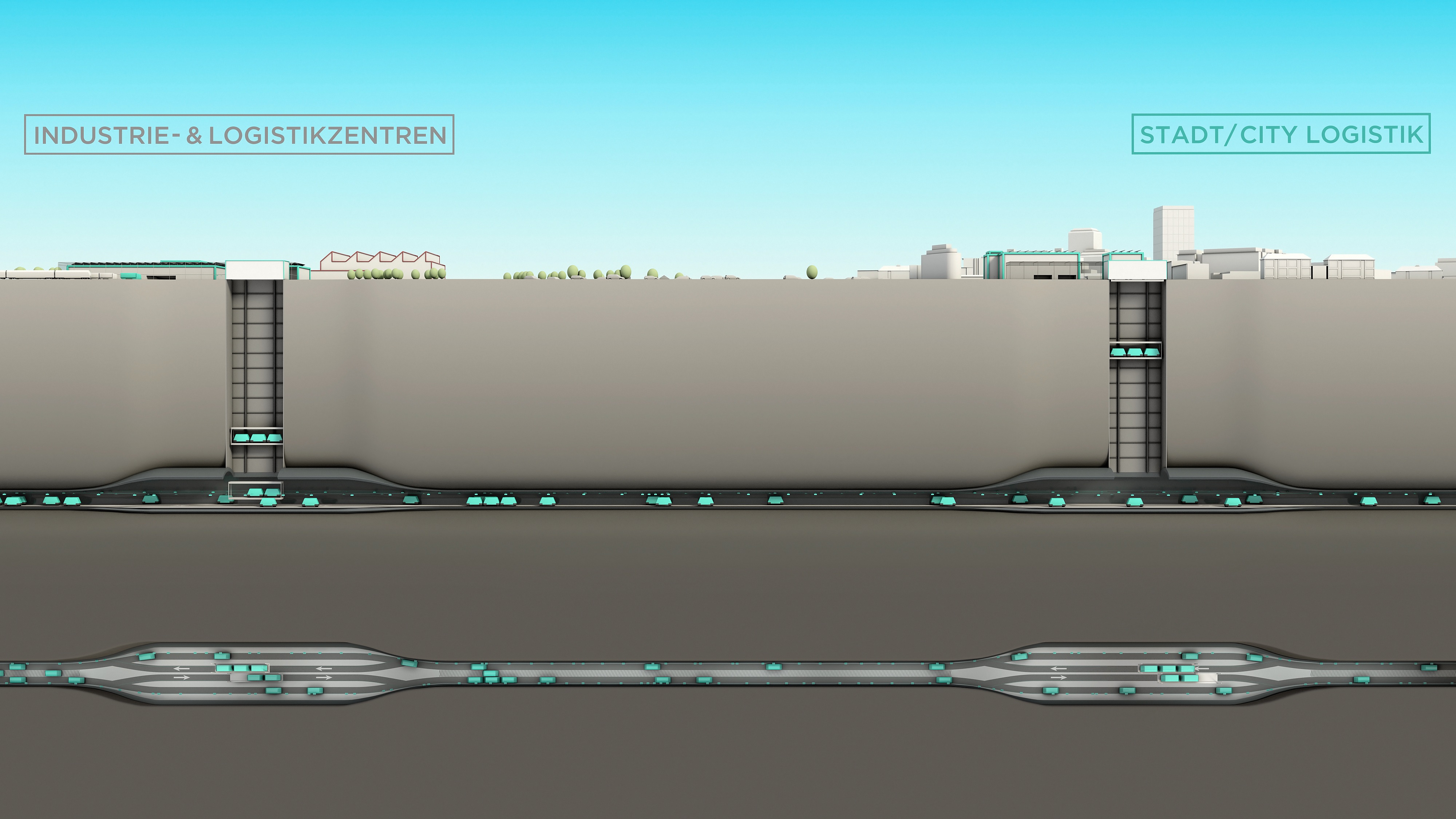Zurich: City rejects Cargo Sous Terrain logistics hubs
The project is innovative, but there are important reasons against all three locations proposed by CST, according to a statement from the city council. In addition, the added value for the city as a whole is low.

Zurich City Council has commented on the Cargo sous terrain project. The verdict: the city hub locations do not meet the technical requirements. In addition, the expected contribution to reducing freight traffic is "negligible". The city puts it at 3% at best.
The Cargo Sous Terrain (CST) project envisages an underground logistics system that will extend through the Mittelland. In principle, the City of Zurich considers CST to be an innovative project, writes the City Council in a press release. Certain goods transportation to the city hubs could take place underground and reduce above-ground traffic. However, in the opinion of the City of Zurich, there would be more traffic around the city hubs, particularly in the residential district of Albisrieden. Not all freight transport could be shifted to CST either. "Therefore, only around 3 % of above-ground freight traffic in the city could be saved," according to the Zurich assessment. In relation to all motorized traffic in the city, this would be a reduction of only around 0.3 %.
At least three city hubs are needed in the city of Zurich, with CST favoring Albisrieden, Herdern and Oerlikon. The location in Albisrieden would be in a residential area. The city rejects it with regard to pedestrian and bicycle traffic as well as school route safety. The reasons against the hub location in Herdern are the protection of the groundwater and the fact that the required above-ground transport tube with a diameter of 6 to 7 m over the track field is "hardly feasible in terms of urban planning". And at the Oerlikon site, the hub would be located in a densely populated area according to the cantonal development plan. As the proportion of residential use will increase, the additional load from heavy traffic at this location "can hardly be handled in a way that is compatible with the neighborhood". (aw)









